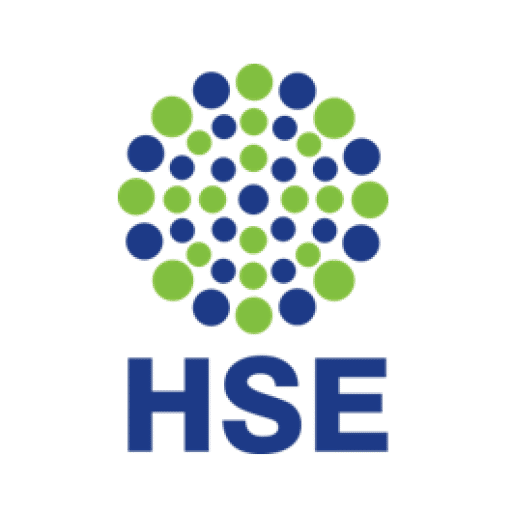What is a Workplace Risk Assessment?
Ensure the safety of workers, visitors & anyone present at your workplace.

In a work environment it is crucial to prioritize the safety and wellbeing of workers and visitors. This is especially true when workers are working in risky, uncommon or odd settings such as mobile plant in workplaces, at heights, under ground, under water or besides busy roads.
Workplace Risk Assessments are an essential tool for identifying potential hazards and mitigating risks, regardless of the setting of the workplace environment.

By conducting a Workplace Risk Assessment, you can:
Ensure compliance with regulatory requirements:
Workplace safety legislation mandates that the Person Conducting a Business or Undertaking (PCBU) must provide a safe working environment for their workers. A Workplace Risk Assessment helps to identify any areas of non-compliance and opportunities for the implementation of necessary safety measures. Accidents and safety breaches can also result in heavy penalties and fines.
Protect workers:
The safety of workers must be the top priority for any organization. A holistic Workplace Risk Assessment program helps identify potential hazards that have the potential to harm workers, visitors and other people present at the workplace. Injuries to workers also impact the individual and their families in ways not often identified by the organisation.
Mitigate Financial and reputational risks:
Workplace accidents and injuries not only damage the organisation's reputation, it affects the injured party and they are costly as well. Lost productivity, medical expenses, investigations, and legal fees are only some of the repercussions of any accident or incident that the company could face.
Improve efficiency:
The identification of potential risk and the management of hazards, can lead to increased workers' efficiency and productivity. Workers are less likely to be distracted by potential dangers and can focus on their tasks with greater concentration and efficiency.
Increase workers morale:
Showing that the organisation is aiming to create a safer and more secure work environment will ultimately lead to happier, more satisfied, and productive employees.
In summary, a Workplace Risk Assessment is a critical investment for any organisation, regardless of the industry, line of business or workplace setting. By prioritizing safety and mitigating risk, organisations protect their workers, avoid financial and reputational damage, and ensure compliance with regulatory requirements, hence avoiding fines and penalties.

Odd or unconventional workplaces
Workplace Risk Assessments are particularly useful for unconventional workplaces, such as road works, working at heights, demolition work, or at locations that store chemicals or organic materials (such as sewage facilities). Nevertheless, any workplace, even the most seemingly benign workplaces, can pose unique risks to workers and those around them.
Examples
Work activities on the roadside, for instance, exposes workers to the potential danger of accidents involving passing vehicles like cars or trucks.A WHS Risk Assessment and following training can assist them to identify and avoid hazardous situations such as fast-moving traffic, sharp turns, and blind spots
Event workplaces such as concerts, festivals, and sporting events present a range of unique safety challenges. They include crowd management, electrical hazards, fire risks and slip & trip hazards, to name a few.
Working outdoors and/or remote places also presents distinct safety challenges, including exposure to wildlife, hazardous terrain, and inclement weather8 (heat), and the risk of bushfires. Machinery used by workers may also present a hazard due to remoteness.
A workplace that stores chemicals can pose significant risks too. Chemicals can be hazardous, flammable, or toxic, and exposure to them can lead to serious health issues or accidents. Therefore, it's crucial for the PCBU to conduct thorough risk assessments and implement safety measures such as providing safe and compliant chemical storage and providing protective equipment to prevent harm to workers.
Working at a sewage facility can be a WHS risk for several reasons. The facility's environment can be hazardous due to exposure to harmful gases such as hydrogen sulphide and methane. Additionally, workers may come into contact with biological
In conclusion, unusual work environments present unique safety challenges that require specific attention and precautions. A Workplace Risk Assessment can help identify these risks and develop strategies to minimize or eliminate them, ensuring the safety of workers, customers, and the general public.

Prioritising the safety and wellbeing of workers is not only a legal and ethical responsibility, but also essential for the productivity and success of any organisation.
By implementing proactive safety measures and continuously evaluating and improving them, employers can create a culture of safety that protects their workers, visitors and also fosters a positive and healthy work environment.
If you have any concerns about risks and hazards at your workplace, contact us.
HSE Australia’s team of Work Health & Safety Specialists is available 24/7 and Australia-wide.

